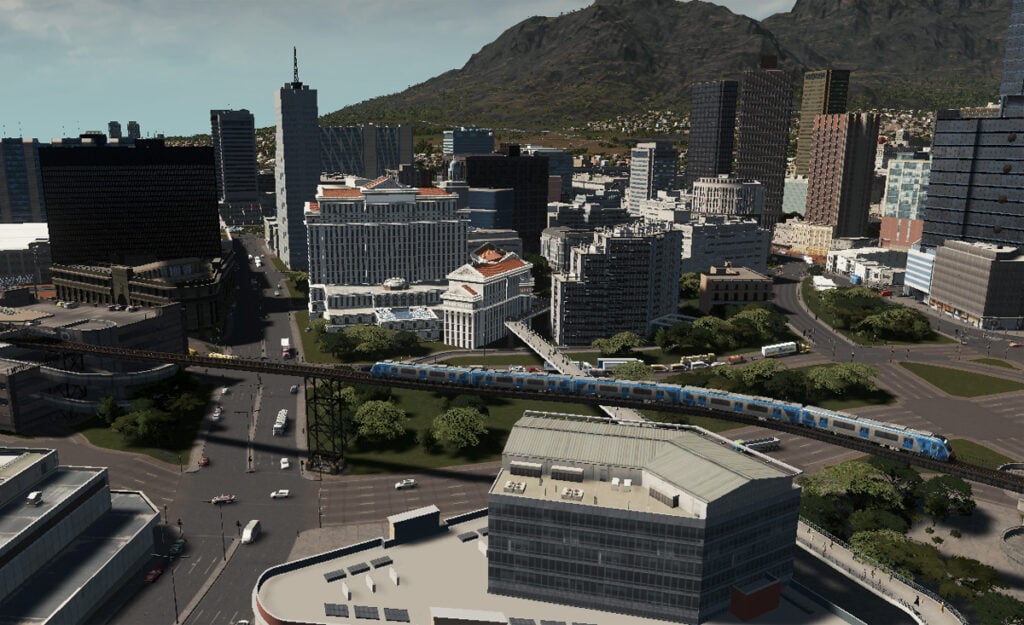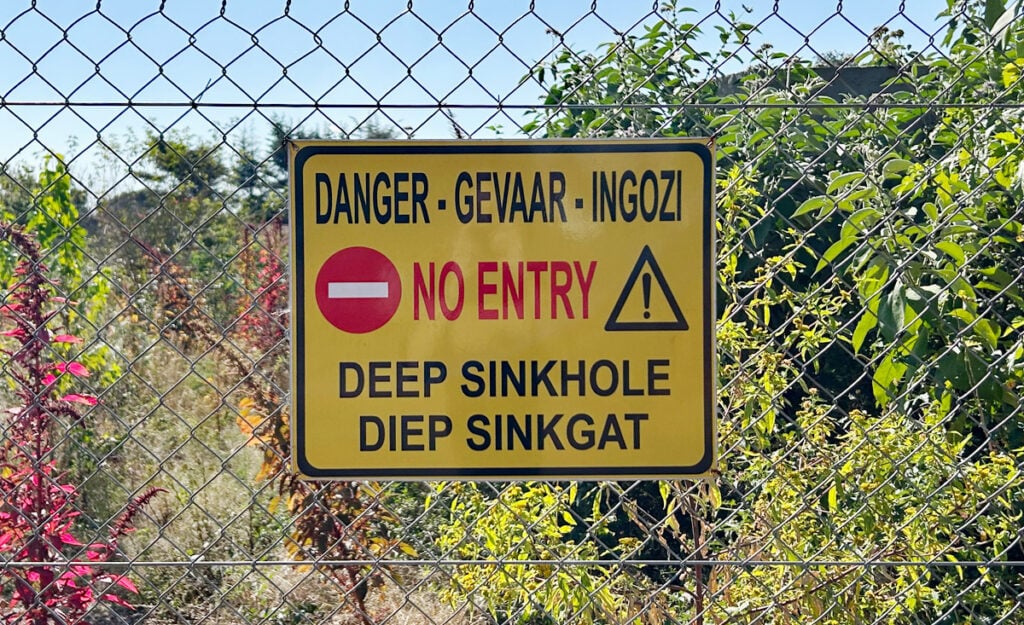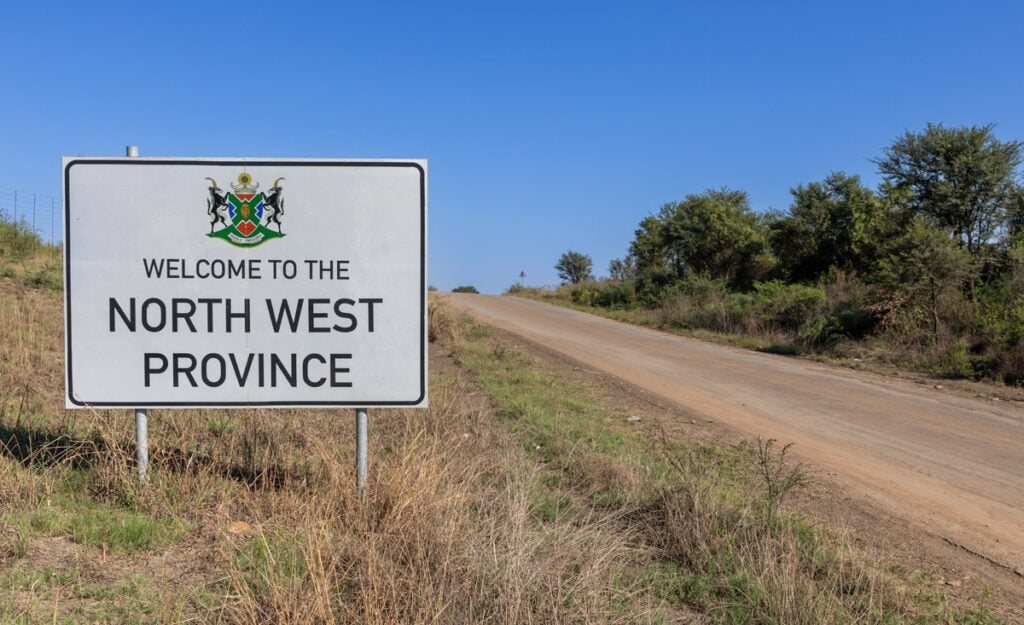Petrol tax hikes expected in South Africa in the next two months

South Africans can expect a hike in fuel taxes in March which will raise the prices of the precious liquids once more.
Last year, motorists were relieved when finance minister Enoch Godongwana announced that no levy changes would take place for the 2022/23 financial year due to the rampantly-rising cost of fuel in the country.
Following this, prices peaked at R26.74 per litre of petrol 95 and R25.53 per litre of diesel 50ppm in July, and have since come to R21.40 and R21.23 per litre in January 2023, respectively, with another dip anticipated in February.
However, according to Efficient Group founder and chief economist Dawie Roodt, there is a good chance the minister will increase fuel levies during his February 2023 speech as he usually did in the years before last, which will most likely put fuel prices on an upward trajectory, reports Daily Investor.
“I am sure we will see an increase in the petrol price in March because the finance minister always increases the fuel levy during his February meeting,” said Roodt.
“The increase in fuel taxes is very painful, but a tax on petrol is less damaging to the economy than an increase in company or personal income taxes.”
Taxes on South African fuels
Taxes on local fuels currently sit at R6.78 per litre, constituting around 32% of the prices of all grades sold in the country.
Among the six levies applicable, the three main ones are the General Fuel Levy (GFL) at R3.93 per litre, Road Accident Fund (RAF) Levy at R2.18 per litre, and Slate Levy which is pegged at 61.38 cents per litre for January 2023.
The GFL is a tax placed on each litre of fuel sold and goes directly to the government to fund general expenditure according to the Retail Motor Industry Organisation, whereas the RAF levy is a source of revenue for the Road Accident Fund and is responsible for compensating victims of motor vehicle accidents.
In the 2019/2020 financial year, Stats SA said the RAF levy brought in R41.2 billion, accounting for 99.8% of the organisation’s total revenue, while during the same period, the GFL generated R80 billion.
The Slate Levy, on the other hand, is a self-adjusting tax that goes into the country’s Slate account and is used to finance the total over and under-recoveries of daily fuel prices over the course of one price adjustment to the next.
Unlike the average fuel price motorists pay every month, the real price at which fuels are bought and imported changes daily and the difference between the real and pump prices is recorded in the Slate account.
At the end of the month, the cumulative over/under-recovery in this account then determines whether the self-adjusting Slate Levy will be lower or higher over the coming period than the one before.
Industry players have called on the government to review taxes and levies in an effort to lower fuel prices as they account for a huge slice of every rand spent. However, government said it will rather be looking at how industry margins are calculated – despite these only making up 19% of the prices of fuel with roughly half of that going to employee wages.









